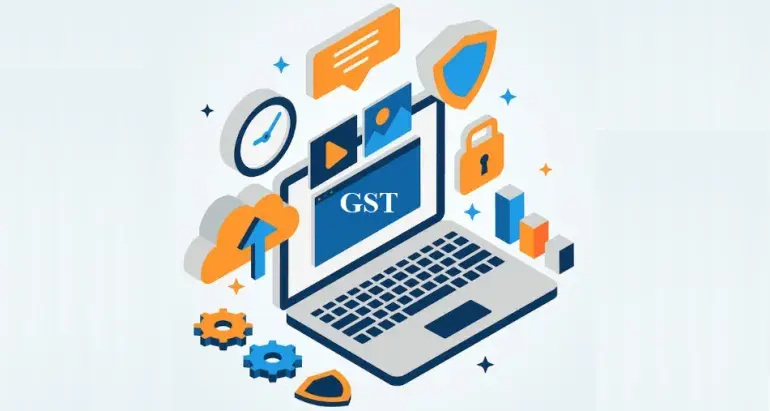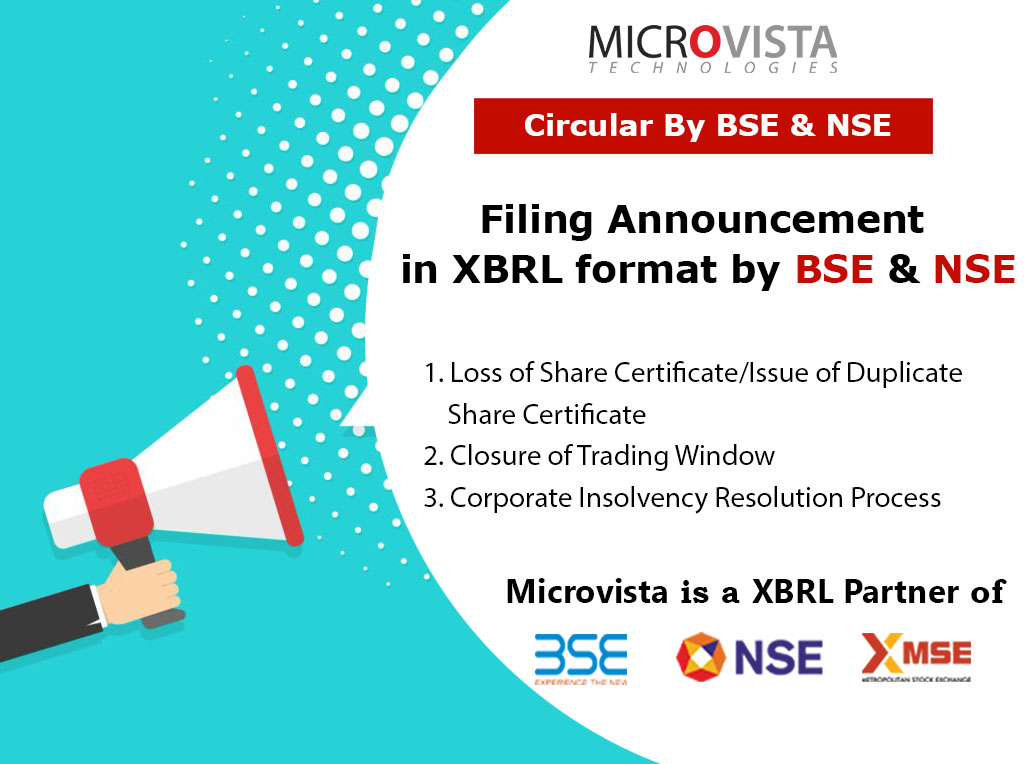Invoice Management System (IMS) is a facility in GST system, where the invoices/records saved/filed by the supplier in GSTR-1/1A/IFF, can be accepted, rejected or kept pending by recipients in order to correctly avail ITC. Continue reading “FAQ’s on Invoice Management System by GSTN on GST Portal”
Category: Uncategorized
Gujarat GST authority upholds Rs 173.9 cr tax demand against Maruti Suzuki’s arm
New Delhi, Maruti Suzuki India on Wednesday said the Gujarat GST authority has upheld the tax demand of Rs 173.9 crore along with a penalty of Rs 17.4 crore against its arm Suzuki Motor Gujarat Pvt Ltd and the subsidiary company will move the first appellate authority to challenge the order. Continue reading “Gujarat GST authority upholds Rs 173.9 cr tax demand against Maruti Suzuki’s arm”
GST Software department goes on tax demand overdrive
NEW DELHI: From Hindustan Unilever to ICICI Bank HDFC Bank and Eicher Motors, almost all the big names of India Inc and thousands, if not lakhs, of smaller GST taxpayers have received tax demand on the eve of new year as authorities sought to meet the five-year deadline to raise claims, literally burning the midnight oil. Continue reading “GST Software department goes on tax demand overdrive”
Filing of Announcement in XBRL format by BSE & NSE
Circular By Bombay Stock Exchange(BSE) & Nation Stock Exchange(NSE) – Filing of Announcements pertaining to Loss of Share Certificate/Issue of Duplicate Share Certificate/Closure of Trading Window and Corporate Insolvency Resolution Process (‘CIRP’) in XBRL format on BSE listing centre
Continue reading “Filing of Announcement in XBRL format by BSE & NSE”
GSTN Issued Important Advisory For Taxpayers – Two Factor Authentication For GSTN Taxpayers
Dear Taxpayers,
1. GSTN is introducing two-factor authentication (2FA) for taxpayers to strengthen the login security in GST portal. Continue reading “GSTN Issued Important Advisory For Taxpayers – Two Factor Authentication For GSTN Taxpayers”





